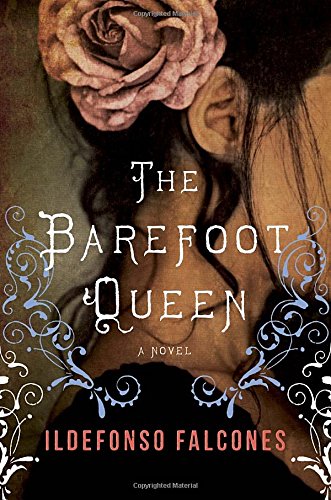The Barefoot Queen
The Barefoot Queen brings to life a little-told story: the saga of the Spanish gypsies in 18th-century Bourbon Spain, their culture, and their persecution. It also tells the story of the birth of flamenco song—the cante jondo, or deep song, so integral to this art form.
In 1748 Caridad, a newly manumitted Negress, disembarks in the port of Sevilla. Her Cuban master died on the voyage, and Caridad arrives penniless, confused, alone. Eventually Caridad is taken in by the gypsy Melchor, a smuggler, who has survived imprisonment in the notorious Spanish galleys. Among Melchor’s gypsy family Caridad begins tentatively to breathe the air of freedom. Caridad’s story, as well as the stories of Melchor and his granddaughter, Milagros, a famed singer and dancer, forms the scaffold of this sweeping novel. The unique characters of Caridad, Milagros and Melchor remain with the reader, and Caridad’s transformation from abject slave to a truly free woman is thrilling to witness.
As a student and lover of flamenco myself, I devoured this novel. The passionate and profound art of flamenco song and dance is difficult to put into words. The broad scope of this novel vividly brings to life both gypsy and Spanish life in this era, as well as the combined gypsy, Spanish, and slave influences that gave birth to art of flamenco as we know it today. Falcones provides a great deal of background information which helps the reader navigate the era and history. The gypsies sing “until their mouth tastes of blood,” and in the pages of this novel we share their bitter and triumphant tale. Recommended.










